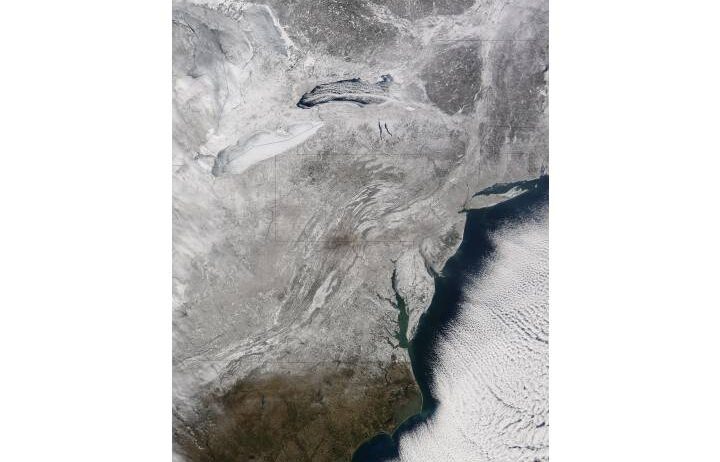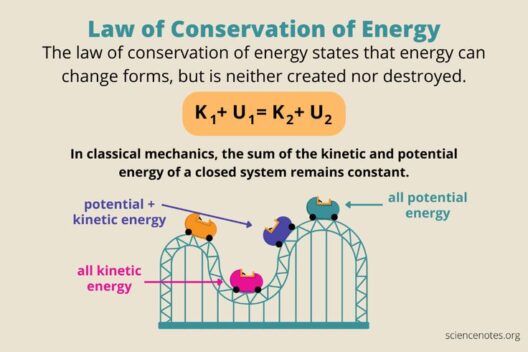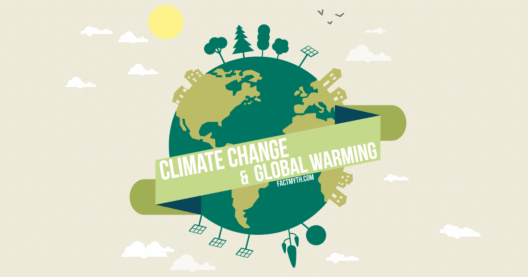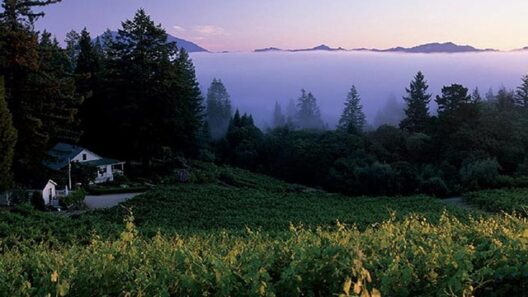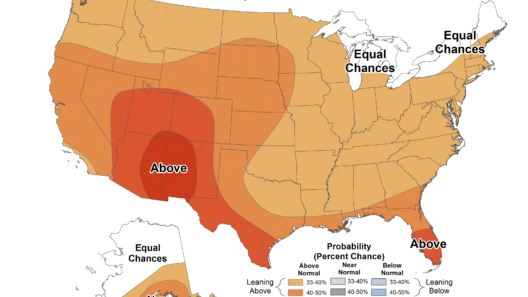The climate of the Northeastern United States is a fascinating tapestry woven from the threads of diverse weather events and seasonal shifts. Have you ever pondered why this region experiences such a wide array of atmospheric phenomena like snow, rain, and everything in between? The answer lies in its geographical location, topography, and the influence of various climatic systems. In this exploration, we will delve into the intricacies of the Northeastern climate, examining its seasonal variations, precipitation patterns, and the overarching challenges posed by climate change.
The Northeastern United States, comprising states like New York, Massachusetts, Pennsylvania, and others, is characterized as having a humid continental climate. This classification denotes a distinct four-season cycle: a warm, often humid summer; a crisp, colorful fall; a frigid winter; and a rejuvenating spring. Each season brings its own unique weather patterns and temperature fluctuations, establishing a dynamic atmosphere that keeps residents and nature alike in continual adaptation.
Winter is perhaps the most dramatic season in this region. From late December to March, temperatures plunge, often dipping below freezing. The Northeastern states can expect significant snowfall, with snowstorms occasionally blanketing cities. Regions like the Adirondack Mountains can receive upwards of 200 inches of snow annually. The White Mountains of New Hampshire are notorious for their harsh winter conditions, attracting winter sports enthusiasts, yet also presenting challenges for transportation and infrastructure.
As we transition into spring, temperatures gradually warm, leading to a gradual melting of the snowpack. This thaw revitalizes rivers and streams, which swell from the influx of melting snow and contribute to the essential water supply for ecosystems and human use. However, with the melting snow comes the possibility of flooding, particularly in low-lying areas. The interplay between temperature and precipitation during this transitional season can be unpredictable, often leading to late-season snowstorms known as “April snow.” These anomalies can leave residents questioning the steadfastness of spring.
Summer in the Northeastern United States typically arrives with warm temperatures and increased humidity. Cities like New York and Boston can record highs well into the 90s Fahrenheit. This season is marked not only by warmth but also by an uptick in thunderstorms and occasional heatwaves, reminding us of the unpredictable nature of climate systems. With approximately 30 to 40 inches of rain falling during the summer months, the region’s agricultural productivity blossoms, nourishing crops and gardens alike. Yet, this season also presents challenges in the form of increased humidity, pest proliferation, and the potential for drought, particularly later in the summer months.
As summer wanes, the Northeast is graced with an array of stunning fall foliage. The vibrant reds, oranges, and yellows transform the landscape, attracting tourists and showcasing the extraordinary natural beauty of the region. This period not only symbolizes the transition from warmth to cold, but it is also a reminder of the cyclical nature of life. However, the unpredictability of weather can complicate this beloved seasonal display. Erratic weather patterns influenced by climate change have begun to disrupt the typical onset of fall, affecting plant life and the timing of foliage peak, which could, in turn, impact local economies reliant on tourism.
Precipitation throughout the Northeastern United States varies significantly, influenced by geographical features such as the Appalachian Mountains and proximity to the Atlantic Ocean. Rain in this region often arrives in the form of frontal systems, where cold and warm air masses collide, leading to rain events of varying intensities. Coastal areas tend to receive more precipitation compared to the inland regions, which can impact the hydrological balance and subsequently, the agricultural practices essential for the region’s economy.
However, beneath these seasonal wonders lurks a formidable challenge: climate change. As global temperatures rise, the Northeastern United States is experiencing shifts in its climate patterns. Winters are becoming milder, and the frequency of heavy precipitation events is increasing. The once predictable seasons are now prone to irregularities, marking a departure from the historical climate norms. This changing landscape prompts serious implications, including the potential for more severe weather events, shifting ecosystems, and local economies facing unforeseen challenges.
Adapting to this new climate reality demands a proactive approach. Urban planners, farmers, and policymakers must work collaboratively, employing innovative strategies and resiliency planning to mitigate the potential risks associated with climate change. Transitioning to sustainable practices in agriculture, investing in renewable energy, and enhancing infrastructure to withstand extreme weather events are all crucial components in the fight against climate degradation.
As we reflect on the climate of the Northeastern United States, it is clear that it encompasses a rich tapestry of seasonal experiences. From the frosty embrace of winter snowstorms to the gentle spring thaw and the vibrant hues of autumn leaves, nature’s unpredictability challenges us to adapt continually. The interplay between climate phenomena and human impact calls for a concerted effort to not only understand but also address the environmental implications facing this remarkable region. Are we prepared to face the challenges ahead, or will we allow the changing climate to dictate our future? The choice lies in collective action, fostering a commitment to sustainability and stewardship of our planet.



